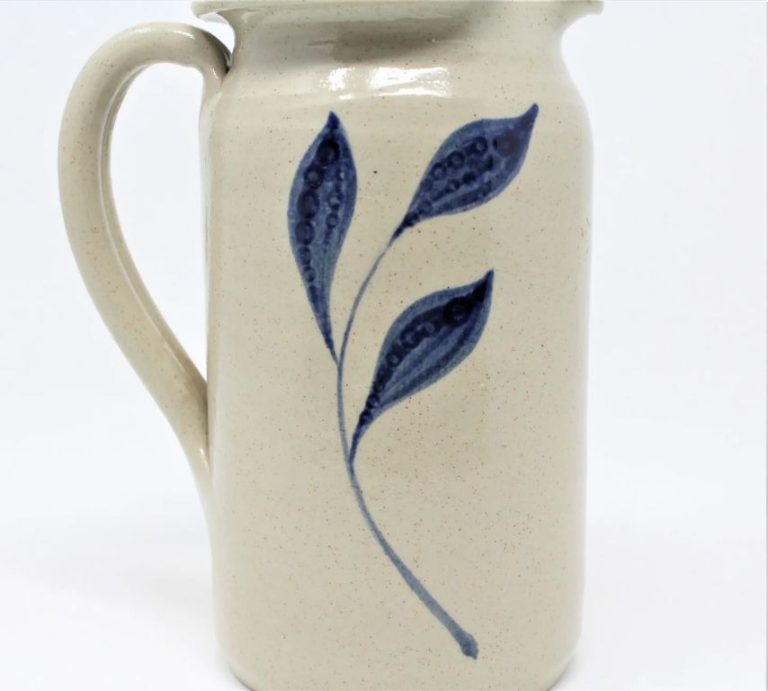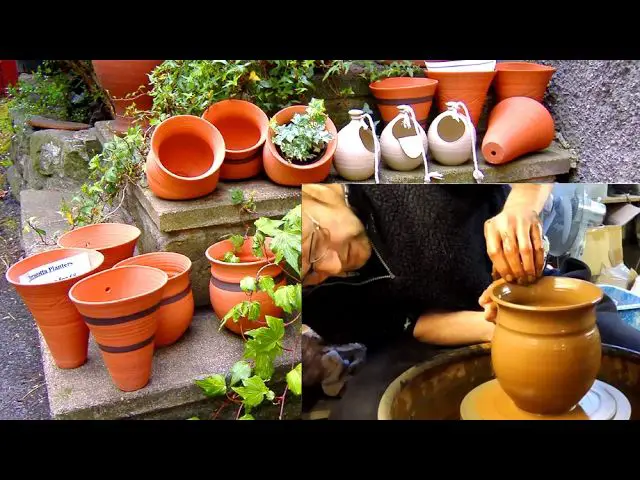Why Does Olive Oil Need To Be In A Green Bottle?
Olive oil has been an integral part of culinary cultures across the Mediterranean for thousands of years. Traces of olive oil production have been found dating back to 6000 BC in what is now Israel and Palestine. Olive cultivation quickly spread across the Mediterranean and became a staple crop and cooking oil in ancient civilizations like Greece, Rome, Egypt and the Levant. The ancient Greeks revered olive oil and used it for cooking, medicine, lamps, soaps and skin care. Olive oil played major economic and cultural roles in ancient societies and was considered a symbol of wealth, health and spiritual purity.
Today, olive oil continues to be a dietary staple in Mediterranean countries. It is cherished for its flavor and potential health benefits as part of the Mediterranean diet. While production methods have evolved, olive oil is still extracted from fresh olives using mechanical processes like crushing and pressing. The highest quality extra virgin olive oils are unrefined and retain their natural flavors and aromas. Olive oil packaging must protect these sensitive oils from light, oxygen and temperature fluctuations to maximize shelf life and prevent spoilage.
Light Sensitivity
Olive oil is highly sensitive to light, especially ultraviolet (UV) rays. When exposed to light, olive oil undergoes a process called photo-oxidation. This causes the chlorophyll in olive oil, which gives it the distinctive green color, to break down (Source). The photo-oxidation also leads to the formation of free radicals and peroxides, altering the flavor and aroma of olive oil (Source).
A study published in the Food Chemistry journal found that extra virgin olive oil stored in transparent glass bottles and exposed to light for just 6 months had significant reductions in quality parameters like free fatty acids, peroxide values, ultraviolet absorbance, and oxidative stability (Source). The researchers concluded that light exposure negatively affects the quality and shelf life of extra virgin olive oil.
Therefore, olive oil needs to be stored in dark green bottles that can block UV rays and prevent photo-oxidation, helping preserve its flavor, aroma, nutrients, and freshness.
Oxidation
Olive oil is susceptible to oxidation, which is the chemical reaction of fats reacting with oxygen. This process causes olive oil to slowly become rancid over time (Mancebo-Campos 2007). Oxidation leads to the development of unpleasant flavors and odors, as well as free radicals that can be harmful to health. The high levels of antioxidants in extra virgin olive oil help protect it from oxidation far longer than other oils, but it still remains sensitive.
One study examined the oxidation process of extra virgin olive oil under accelerated aging conditions over 12 days. It found that peroxide values, acidity levels, and UV absorbance values all increased during storage as the olive oil became more oxidized and degraded in quality (Wiley Online Library 2023). Proper storage with limited light and oxygen exposure can slow this process.
Research also indicates that the precise olive cultivar and production techniques influence how quickly oxidation occurs. Some olive varieties and extraction methods yield olive oils more resistant to oxidation (Mancebo-Campos 2007). But ultimately, all olive oils will degrade over time when exposed to oxygen.
Green Bottles Block Light
Dark green glass is highly effective at blocking ultraviolet (UV) light, according to AIS Glass. UV rays can degrade and damage olive oil over time. The dark tinting of green bottles prevents most UV light from passing through the glass and reaching the oil inside. Green glass provides superior UV protection compared to clear or lightly colored glass bottles.
Limits Oxygen Exposure
Olive oil is susceptible to oxidation, which happens when it is exposed to oxygen. Oxidation leads to rancidity and degradation of the oil’s quality and flavor. Green olive oil bottles help limit oxygen exposure in a few key ways.
Green bottles have a small opening and are tightly sealed after being filled with oil. This reduces the amount of oxygen coming into contact with the oil, as there is less open space above the oil (known as headspace). The small opening also limits oxygen entering whenever the bottle is opened and closed.
In contrast, storing olive oil in containers with larger openings or pour spouts allows more air ingress each time the bottle is handled. Research shows that minimizing headspace and limiting oxygen exposure is key for preserving an oil’s quality over time[1].
So while olive oil won’t immediately go rancid when exposed to oxygen, using a tightly sealed green bottle provides the best protection to maintain its freshness and flavor.
Tradition and Expectations
When consumers shop for olive oil, they expect to see those iconic green bottles on store shelves. Green glass has become synonymous with olive oil over the centuries. The special green tint protects the oil and also just looks right to customers. Walking down the oil aisle, the green bottles catch the eye and scream “Olive Oil Here!” Other bottle colors like clear or blue glass would disorient consumers looking for olive oil. Brands stick with traditional green bottles because that’s what people associate with olive oil. The color has become ingrained as a standard over hundreds of years. Some specialty olive oils may come in different colored bottles, but overall the industry standard remains green. Consumers equate green bottles with quality olive oil, and turning to anything else could be off-putting. So the green bottle lives on as both a functional protector of flavor and a sign of authenticity.
Green Indicates Quality
The color of olive oil is closely associated with quality perceptions in the minds of consumers. Dark green olive oils are widely regarded as being of higher quality and purity compared to pale yellow oils. According to a survey conducted by the UC Davis Olive Center, about half of consumers ranked color as extremely or very important when purchasing olive oil. The deep green color is believed to indicate that the oil came from fresh, healthy olives and that it contains higher levels of antioxidants.
This perception that greener olive oils are superior has become ingrained over time through marketing and tradition. Producers often place their finest extra virgin olive oils in dark green bottles to align with these quality expectations. While color is not a perfect indicator of quality on its own, it has become a visual shorthand that influences consumer behavior and satisfaction.
Regulations
Some regions have regulations regarding the packaging and storage of olive oil that mandate the use of green bottles. For example, in the United States, the USDA has standards stating that “olive oil shall be prepared and handled in a manner that prevents adulteration and protects the product from exposure to abnormal temperatures, light and other conditions that would adulterate the product” (source). The green bottle helps meet these standards by limiting light exposure.
The European Union also has strict rules about olive oil labeling and packaging, including requirements for using dark glass bottles or metal containers to protect from light. Specific regulations may vary by country, but green glass bottles are commonly mandated or recommended due to their ability to shield olive oil from light and oxidation (source).
By using traditionally-colored green bottles, producers signal that their olive oil meets regional regulations and standards for proper storage and handling.
Environmental Benefits
Glass olive oil bottles have an advantage over plastic bottles when it comes to environmental impact. Glass is reusable, recyclable, and inert, meaning it does not leach chemicals into the oil. According to Oleamea, “Our bottles are 100% recyclable and are specially developed to protect against light and oxygen.” [1]
In contrast, plastic bottles may leach chemicals like BPA and phthalates into oil over time. Plastic is also less readily recyclable than glass. While some companies are exploring pouches and box packaging made from renewable materials, glass remains a tried and true sustainable option. As long as consumers recycle properly, olive oil glass bottles are an environmentally responsible choice.
Conclusion
In summary, green glass bottles are ideal for storing olive oil due to the properties of the material that help preserve the oil’s quality and freshness. Green glass blocks visible light that can degrade the oil and its beneficial compounds. The darker bottle also limits oxygen exposure that speeds up oxidation. The traditional green bottle signals to consumers that the olive oil inside meets their expectations for flavor and purity. And regulations in many regions mandate the green packaging to prevent fraud. While glass in general offers environmental benefits over plastic, the green color protects the contents best and aligns with consumer perceptions of a high-quality olive oil. For all these reasons, the iconic green bottle remains the gold standard for storing, transporting, and selling extra virgin olive oils.






